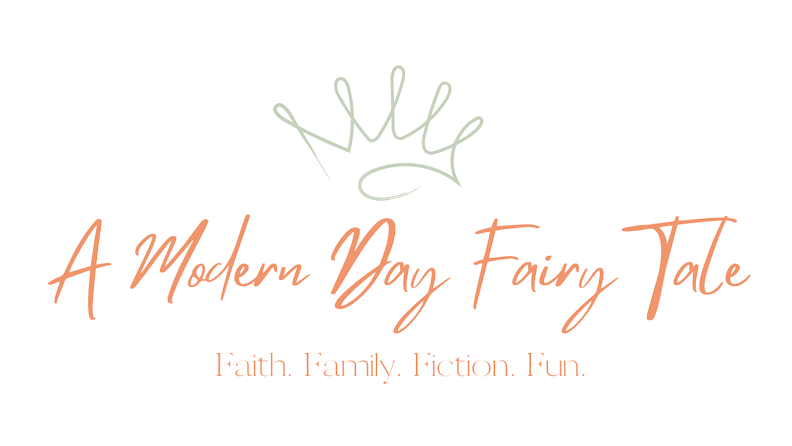 |
| Background image created by Whatwolf - Freepik.com |
Retiring provides a great opportunity to enjoy things you may not have had time for when you were younger, but only if you have the finances to do so. If your finances are lacking, you need to find another way to increase retirement income. Your first thought may be to take out a mortgage on your home, but a reverse mortgage is also an option, and it may be a better one.
The Main Differences Between Regular and Reverse Mortgages
One of the main differences between regular and reverse mortgages is you can only get a reverse mortgage if you are 62 or older. It is specifically a retirement home loan. Another important difference is you retain full ownership of your home when you get a reverse mortgage. In fact, you are required to continue to maintain permanent residency in the home for the duration of reverse loan. Otherwise, your reverse mortgage lender can call the loan in.
Another big difference between regular and reverse mortgages is the payment terms. In fact, the reason it is known as “reverse” is that a reverse mortgage allows you to receive ongoing monthly payments from your reverse mortgage lender, if you choose. You can also select a line of credit or a single large payment. If you pick ongoing monthly payments they can help you pay for ongoing expenses, such as monthly utility bills. A large payment is helpful for paying for an unexpected large bill, such as a medical expense. A line of credit may be helpful if you want access to spendable home equity whenever you want. Your lender can discuss those options with you in more detail.
How to Calculate Available Reverse Mortgage Funds
The easiest way to calculate the funds you can borrow with a reverse mortgage is to use a tool known as a reverse mortgage calculator. Your lender can help you to calculate what you can borrow by analyzing market values, the condition of your home and other elements influencing its total equity. Then the reverse-loan calculator can be used to determine the final total you can spend from that equity, which will only be a percentage of the whole value of the home. The percentage limit is determined by federal reverse mortgage-governing laws.
Relieving the Stress of an Existing Mortgage
If you have an existing mortgage already, you can still apply for a reverse mortgage. However, the funds you receive must immediately be used to pay the balance on the original loan. Then you can spend the remaining reverse mortgage money on your retirement expenses. In that way, you can relieve the financial burden of paying a a monthly mortgage payment because reverse mortgages do not add monthly bills to your burden.
The fact is, a reverse mortgage is designed not to be paid back until you stop living in your home. Therefore, if you stay in it for many years, you can enjoy your retirement unimpeded by an additional mortgage bill. That is why reverse mortgages are excellent financial aids for retirees. Other than having to pay off any existing standard mortgage before you can spend the reverse mortgage funds, there are no limitations on how you can use those funds. They can help you pay ongoing bills, fund a retirement trip or do anything else you want.
Paying Back the Reverse Mortgage, or Not Paying it Back
When you do move out, the reverse mortgage on your property will come due. At that point, you will have a short time to pay the full remainder you owe. If you cannot or do not want to do so, the sale of the home will be initiated. However, your other assets will be unaffected, even if a loan balance still exists after the sale. In fact, the lender will eliminate that remaining balance.



0 Comments:
Post a Comment
"Pleasant words are as a honeycomb: sweet to the soul and health to the bones." Proverbs 16:24